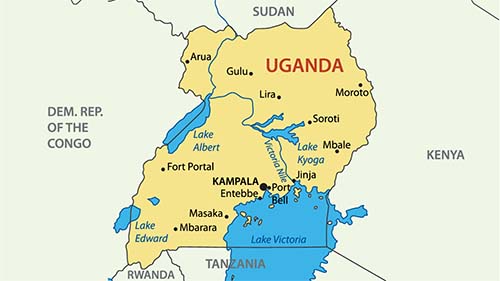CD4 Testing in Remote Areas
For over three decades, Uganda has been in the grip of a devastating HIV/AIDS epidemic. Around 1,350,000 people are currently living with HIV in the country, and there are an estimated 33 new HIV infections per day among young people between the ages of 15 and 24. But Uganda has been fighting back and — keenly aware of UNAIDS' goals for epidemic control by 2020 — has been making significant strides to contain the spread by widening the reach of its HIV prevention, care and treatment services.
Follow the links, to learn how Uganda has designed an innovative system to ensure that even people in remote rural communities can receive high quality HIV prevention, care and treatment services.
CD4 Testing in Remote Areas
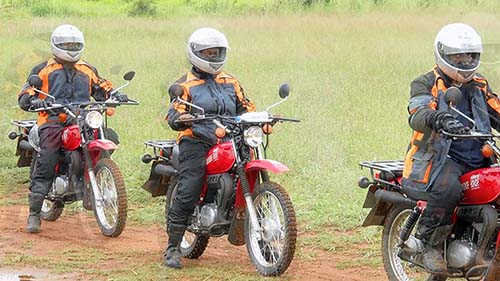
CD4 testing in remote areas
Follow the links, to learn how Uganda designed an innovative system to ensure that people in remote communities can receive high quality HIV prevention, care and treatment services.
How Uganda is Leaving No One Behind
Around 1,350,000 people are currently living with HIV in Uganda, and there are an estimated 33 new HIV infections per day among young people between the ages of 15 and 24.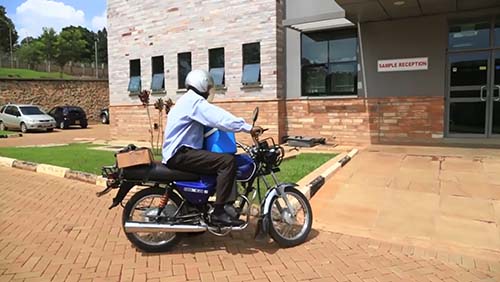
Efficient Sample Collection in Remote Areas
The main challenge faced by people in remote areas when it comes to HIV/AIDS testing is access. People in remote areas can be very poor, so it can be difficult for them to travel to the service point, although the treatment itself is free in Uganda.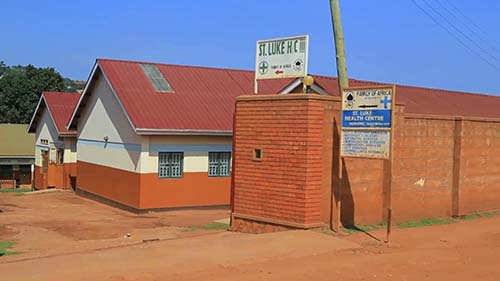
High Quality Testing in Rural Communities
The majority of countries still don’t have the infrastructure, transport or technology to effectively manage the collection, storage and transportation of the blood once the sample has been taken.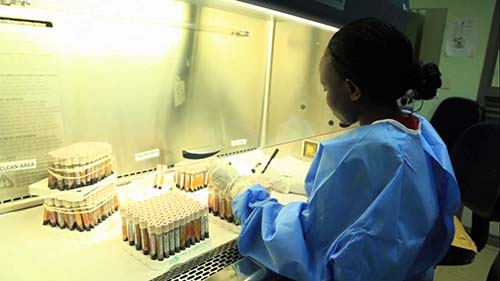
Demonstrating Operational Efficiencies: Part 1
Stimulating efficiency while empowering and mentoring local laboratory professionals in workflow management underpins the remarkable improvement in the routine laboratory service of Uganda’s West Nile Health Region.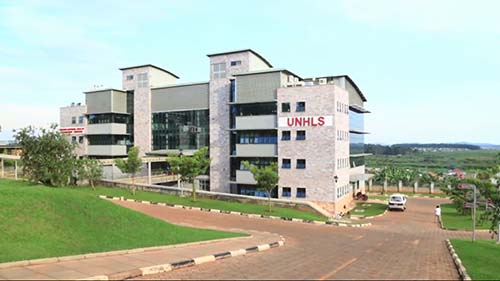
Demonstrating Operational Efficiencies: Part 2
Uganda’s Central Public Health Laboratories (CPHL) recognized that its regional laboratory service was suffering from a number of challenges that were affecting service delivery and patient outcomes.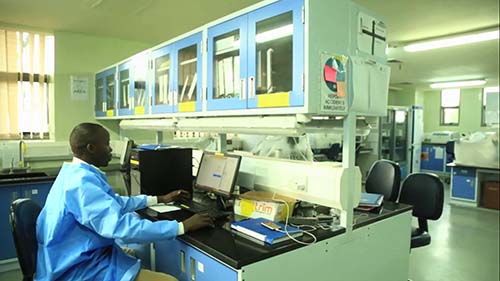
Demonstrating Operational Efficiencies: Part 3
The initial assessment found that supplies would be delayed, with frequent stock outs, due to poor communication because there was no clear chain of command for coordinating this activity.